Originally posted at: http://www.nerdfitness.com/

Today I’m going to teach how you to appear more confident.
Why? Because confidence is one of the most important skills in life that you can acquire (other than learning to use the Force, obviously).
I know how important even a little bit of confidence can be in everyday situations, whether it’s negotiating with your boss for a raise, buying a car, giving a presentation, or meeting your fiance’s parents.
We’re naturally attracted to and will have our opinions swayed by those who have (or appear to have) a lot of confidence.
Nerds usually get the short end of the stick in the “naturally confident” department, but that doesn’t mean we can’t acquire it like a new skill, Matrix-style!
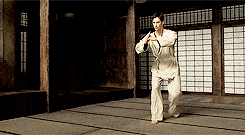
So today we’ll discuss five steps that you can take to start seeing a difference in self-confidence immediately.
Here’s what we’ll cover:
- #1) The importance of good posture
- #2) Slowing down
- #3) When (and how) to smile
- #4) Winning the starring contest
- #5) Getting out of our head
Wanna know something interesting? Many of our coaching clients report “increased confidence” as a consequence of our program. It’s because once you’ve changed your nutrition strategy, lost some weight, and learned to pick up a barbell, you start to understand what you’re truly capable of. That’s a huge confidence boost!
If you’d like to learn if our 1-on-1 Online Coaching Program would be a good fit for you, you can click on the image below for more info:
#1) Stop slouching
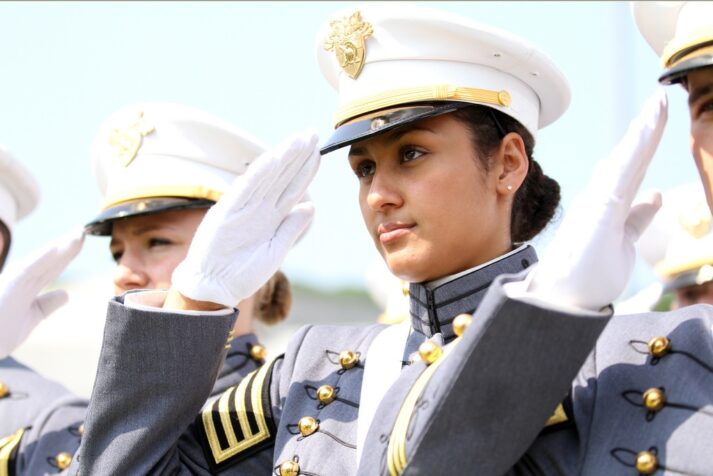
If you can develop good posture (a trait that can bypass us nerds), you’ll appear approximately 145% more confident within seconds.
I definitely made up that stat, by the way.
I used to have awful posture throughout most of my life (which caused lots of lower back pain). It wasn’t until I made a conscious effort to focus on standing up straight and strengthening my lower back that the pain went away.
In order to stay on target, I actually hung a “POSTURE!” post-it on my bedroom door so I wouldn’t forget each morning.
Here’s how you can improve your posture:
- Stand up as TALL as you can, like you’re a puppet and somebody just pulled the string that’s attached to the top of your noggin.
- Pull your shoulder blades down and back as far as possible – This will feel really weird if you spend a lot of time hunched over a desk.
- Pick your chin up and look straight ahead – stop looking down while walking around, there’s a whole world out there for you to see.
So not this:

If you have trouble pulling your shoulder blades back, a couple of back exercises might help.
#1) Lat Pull-Downs:
#2) Dumbbell Rows:
This will build up the muscles in your upper back and allow you to actually pull those shoulder blades back together.
Want something easier?
Try standing with your heels, butt, and head against a wall, and then pull your shoulder blades back until they’re touching the wall too. Do this daily and increase the length of the stretch each time.
If you spend all day in a chair, try this: sit down in your chair, and then stand back up WITHOUT having to rock forward. If you have to lean forward even slightly, you’re doing it wrong.
Sit straight up like you’re always ready to stand without having to lean forward. Your lower back will probably get tired as hell sitting like this because it’s not used to the new position – work on it.
Do planks every other day (working your way up to two minutes), and you’ll have a rock-solid core and incredibly strong lower back.
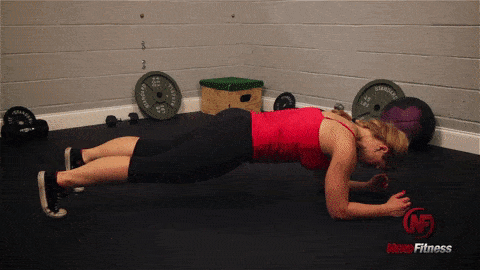
This is probably the hardest step of all, as many of us have spent years and years developing poor posture without even thinking about it. But if we spend a month making a concerted effort to have better posture, we’ll be well on our way to a more confident appearance. Pretty soon we won’t even have to think about it!
I mentioned earlier that back exercises like pull-ups and inverted rows can help a lot with posture. If you have no clue where to start on your strength training journey, make sure you download our guide: Strength Training 101: Everything You Need to Know.
It walks you through every aspect of starting a strength training practice, from equipment, and specific workouts, and how to know when you should progress to lifting more weight. You can grab it for free when you join the Rebellion below!
- Everything you need to know about getting strong.
- Workout routines for bodyweight AND weight training.
- How to find the right gym and train properly in one.
#2) Slow down

I am terrified of public speaking. Seriously, I hate being in front of even a small crowd. However, you would never know this, given all the speeches I’ve presented over the years.
You know how I did it?
By taking a deep breath, slowing down, and practicing. I still get nervous, but I’ve learned to manage it so well that nobody notices.
What’s the importance of slowing down? When you get nervous, your voice tends to go up a few notes and you’ll talk faster than you realize. These are two dead ringers for “scaredy cat.”
It’s a lesson I learned in wayyy back in college while presenting my senior business proposal.
It’s now time for a flashback…
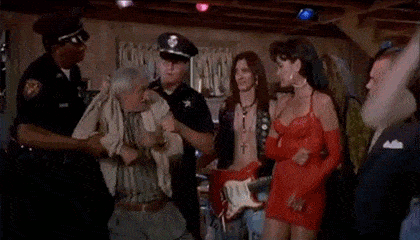
About thirty seconds into my college presentation – which I thought was going well – I noticed my friend Deepa in the back of the room frantically waving her arms at me, mouthing “SLOOOWWW DOWNNNN.”
I quickly readjusted my speech, talked WAY slower than I thought I needed to, and took long breaths between sentences. She later told me that she couldn’t understand the beginning at all but the rest of it came out perfectly.
The rest of that class was molded by that presentation, so thanks Deepa for saving me!
If you get nervous in front of people no matter how big or small the group, talk slower than you think you need to, and don’t forget to breathe. In your head, it might seem way too slow, but out loud it’s just right.
#3) Smile
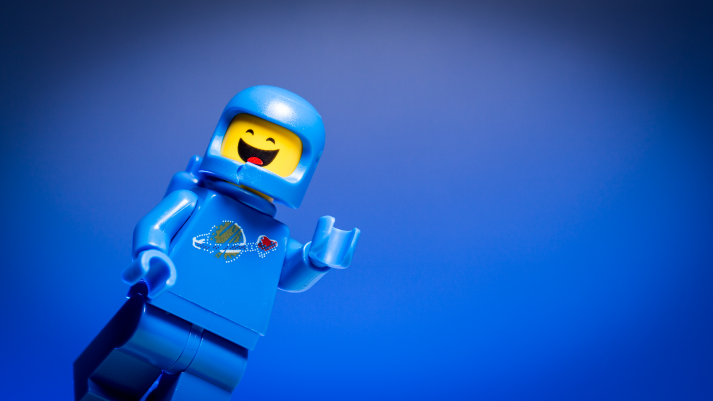
People don’t smile enough these days, so we’re bringing it back.
When dealing with any situation or scenario where we’re uncomfortable, it’s easy to get caught up in our heads. We might be frowning without even realizing it.
The solution: smile.
Not a fake smile, not a creepy smile, but a genuine smile.

We’ll work on it.
Don’t know how to smile correctly? Stand in front of a mirror, close your eyes, and look down. Look up, smile, and open your eyes at the same time.
See that smile right there?
THAT’S a genuine smile.
#4) Win the staring contest

Many of us now work from home, hanging out in our underwear and only interacting with our dogs (or maybe this is just me).
But we’ll still come across people like:
- The person behind the counter at CVS.
- Your waitress at lunch.
- Random strangers that you pass on the street.
When was the last time you looked somebody in the eye until THEY looked away first? If you’re like me, you’ve probably always been the first to “flinch.”
I’m not very good at staring contests:

I say no more!
Starting right now, we’re going to be the person that doesn’t look away.
Think of each interaction as a mini-battle – our eyes against theirs.
As long as we’re smiling and blinking, it’ll come across as friendly and warming.
If we’ve always been shy, the first few times doing this will be absolutely nerve-wracking. Try and power through it.
When practicing, you’ll find that lots of folks will ignore your welcoming glance. They’re probably just nervous too.
#5) Get out of your head

If you feel out of place in a situation, remember this: everybody around you probably does too. We all have our own insecurities; just some of us can exist outside of our brains and project confidence.
As a fellow nerd and chronic over-thinker, I know this is tough to do: stop thinking so dang much and just go for it.
Here are some tips for getting out of your head in a social setting:
- Once you spot somebody you’re interested in, don’t give yourself more than three seconds before approaching them. Anything beyond that will cause you to over-analyze the situation in your head and probably end up doing nothing. You’ll quickly learn that “if you don’t ask, the answer is always no,” so you have nothing to lose.
- Introduce yourself immediately to strangers at a party – get the awkwardness out of the way immediately, and you’ll come across as cool and collected.
- Once you have your speech or presentation prepared, don’t give yourself hours to get nervous – concentrate on something else to occupy your mind until it’s time to present. Don’t overthink, just follow the plan and talk slowly.
Ralph Waldo Emerson once said:
He who is not everyday conquering some fear has not learned the secret of life.
I bet those three things listed above seem scary to 95% of the population (they all scare the bejeezus out of me, which is precisely why I force myself to do them).
Part of building confidence is taking risks and having the ability (and the guts) to do stuff that scares you. Around here we call it “20 Seconds of Courage.”
Your mission: Build Confidence Today
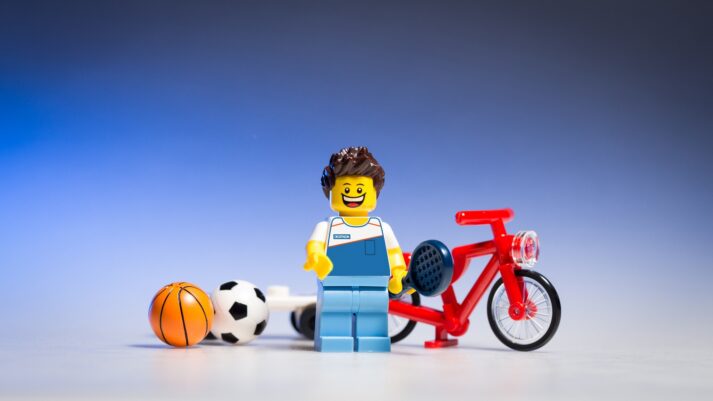
As you follow these five steps, you’ll start to appear more confident. That can make some of your encounters more successful…which will instill more confidence in you. Then this will make even MORE of your encounters successful. And so on.
Think of your confidence like a giant snowball with lots of inertia – tough to get started, but once it’s rolling the momentum will take over.
Your homework – while walking down the street with your head held high, shoulders back, and a big smile on your face, make direct eye contact with at least five strangers that walk by and give them a simple “hi.” Remember, they have to be the ones to look away first, not you.
The first few times will feel really awkward, but who cares – you’ll probably never see them again. As you get more “missions” under your belt, you can progress to other more challenging objectives, like striking up a conversation with a stranger, giving a speech, robbing a bank, etc.
One last thing: with great power comes great responsibility.
There is a fine line between having confidence and being cocky – nobody likes the cocky person who is full of themselves. Remember to be humble.
If you’re trying to figure out how to develop true confidence and apply it to your life, I’d check out Mark Manson’s The Confidence Conundrum:
Confidence is not necessarily linked to any external marker. Rather, our confidence is rooted in our perception of ourselves regardless of any tangible external reality.
The obvious and most common answer to the confidence conundrum is to simply believe that you lack nothing. That you already have, or at least deserve, whatever you feel you would need to make you confident.
In other words: Don’t change what you are, just learn to be more confident in who you are.
So, what tips did I miss or mess up? Any other words of wisdom to pass along? Us nerds need all the help we can get!
-Steve
PS: If you’re looking to boost your confidence, I’ll again remind you of our 1-on-1 Online Coaching Program. We work with busy nerds just like you to complete life overhauls, from adjusting nutrition strategies for weight loss to learning how to strength train.
And as I mentioned earlier, many of our clients report increased confidence as a result of our program. Click below to learn more:
###
All photo sources can be read right here.[1]
The post 5 Ways to Appear More Confident (Instantly) first appeared on Nerd Fitness.

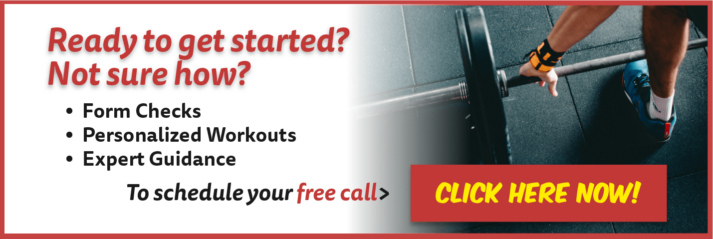
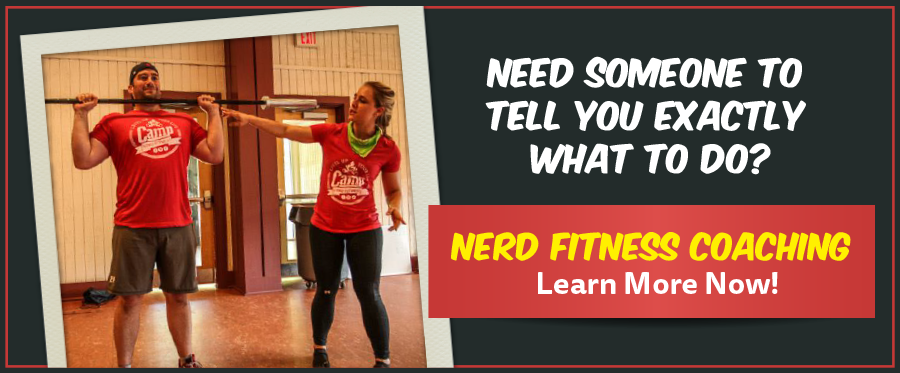


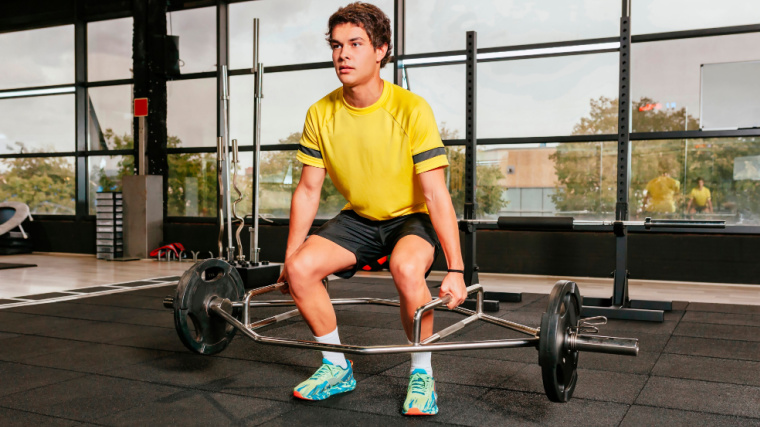
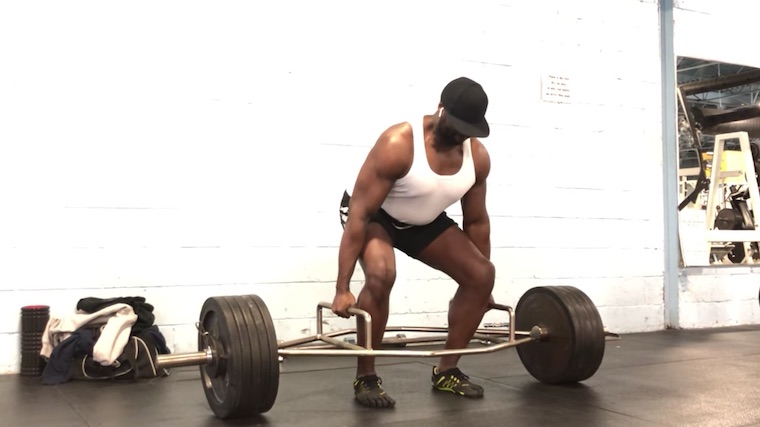
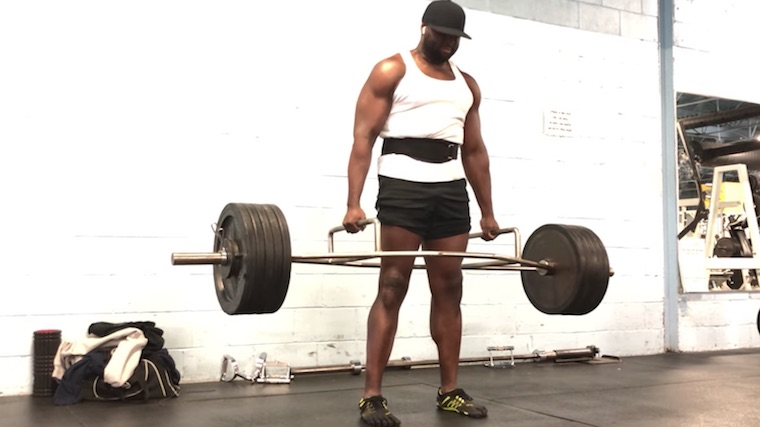
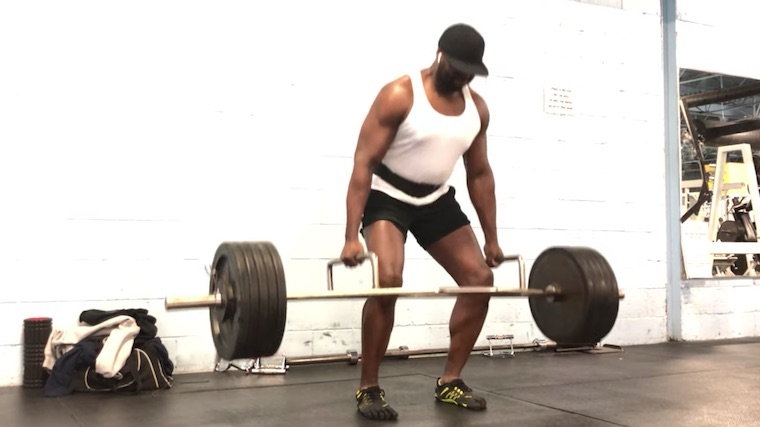
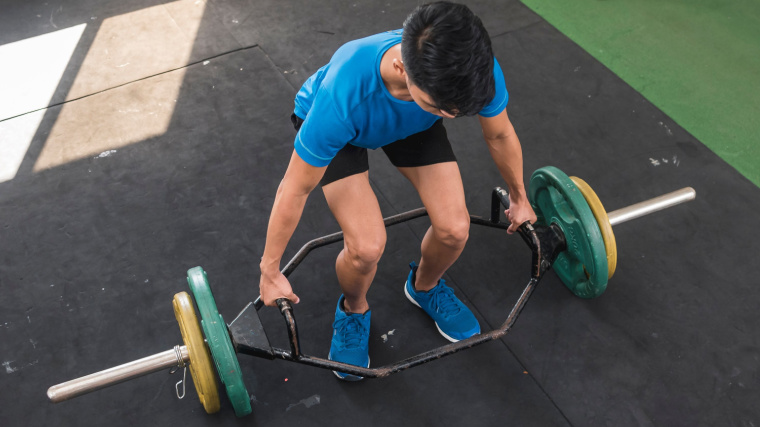
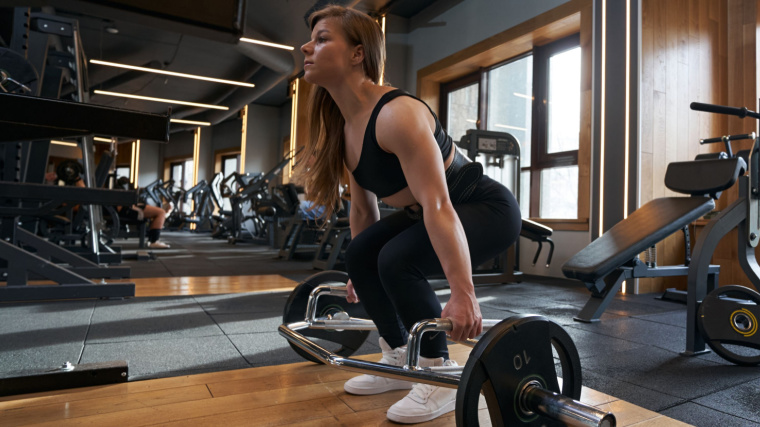




 For now classes are 6pm and 640pm at 2840 Wildwood st in the Boise Cloggers studio.
Book your class NOW!
click this ==>
For now classes are 6pm and 640pm at 2840 Wildwood st in the Boise Cloggers studio.
Book your class NOW!
click this ==>








